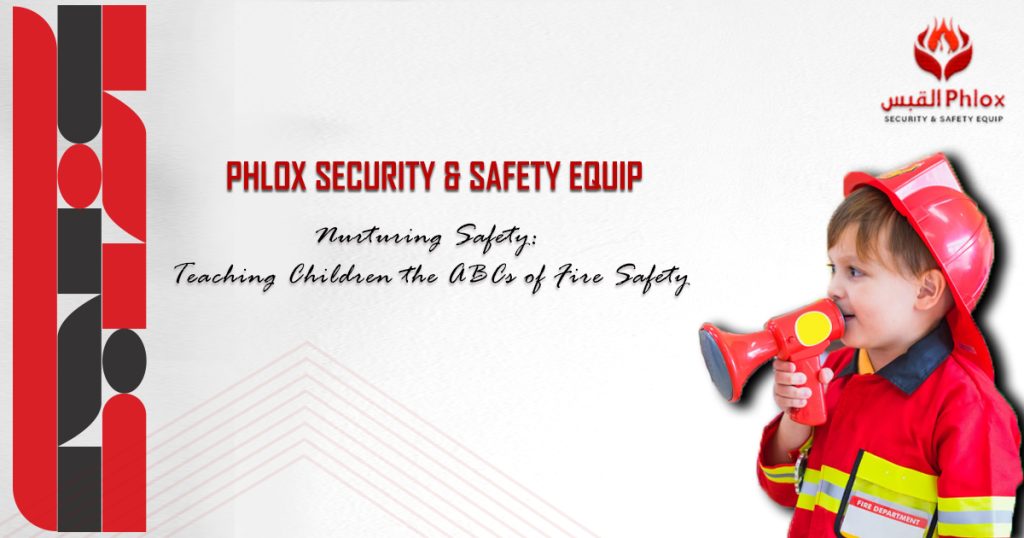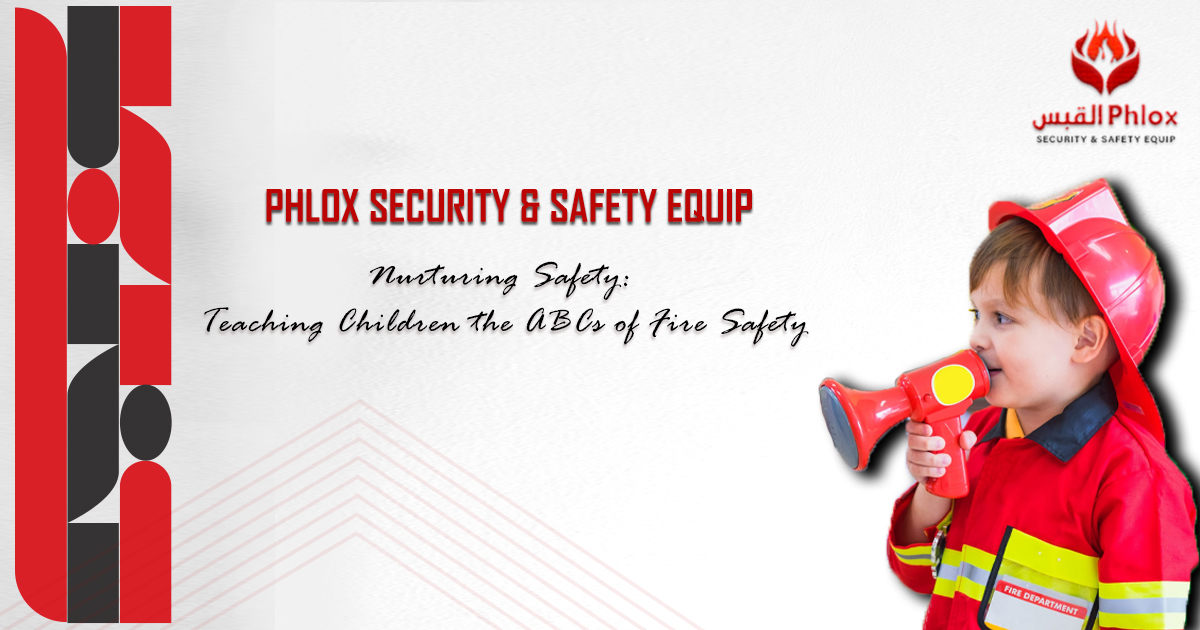
Nurturing Safety: Teaching Children the ABCs of Fire Safety
As parents and educators, instilling essential life skills in children is a responsibility that goes beyond academics. One crucial aspect that demands our attention is teaching children about fire safety. However, empowering them with the knowledge and habits to respond effectively in emergencies not only enhances their safety but also contributes to building a resilient and responsible community.
Introduce the Basics for children safety:
Begin by explaining the basics of fire safety in a language that children can understand. Therefore, you should teach them the importance of fire alarms, what they sound like, and what action to take when the alarm goes off.
Stop, Drop, and Roll:
Familiarize children with the “stop, drop, and roll” technique in case their clothing catches fire. Practice this drill with them to ensure that it becomes a reflexive response.
Identify Safe Meeting Points:
Emphasize the significance of having designated meeting points outside the house in case of a fire. Teach them that once outside, they should never re-enter a burning building and should wait for help.
Children Safety Education on Fire Escape Routes:
Ensure that children are aware of the various exit routes in their home or school. Practice fire drills periodically, reinforcing the importance of calmly and swiftly evacuating the premises.
Cautious Use of Heat Sources:
Teach children to be cautious around heat sources such as stoves, heaters, and electrical appliances. Emphasize the need to keep a safe distance and never play with matches or lighters.
Role of Firefighters:
Familiarize children with the role of firefighters as community heroes who help in emergencies. However, you should explain the importance of calling 911 and provide guidance on providing information calmly to emergency services.
Fire Safety Games:
Engage children in interactive and age-appropriate games that reinforce fire safety concepts. However, this can include quizzes, puzzles, and simulations that make learning about fire safety enjoyable.
Create a Children Safety Plan to Escape Fire:
Work together to create a family or classroom fire safety plan. Involve children in discussions about escape routes, meeting points, and emergency contacts.
Reinforce, Repeat, Reward:
Consistency is key. Reinforce fire safety concepts regularly, repeat drills periodically, and reward responsible behavior. Positive reinforcement encourages children to take fire safety seriously.
Lastly, by integrating these strategies into a child’s learning environment, we equip them with the knowledge and habits necessary to navigate fire emergencies with confidence and composure. Moreover, teaching children about fire safety is an investment in their well-being and the safety of the community at large.
Related Subjects:
Ensuring Safety in the 21st Century: The Vital Role of Firefighting Systems





